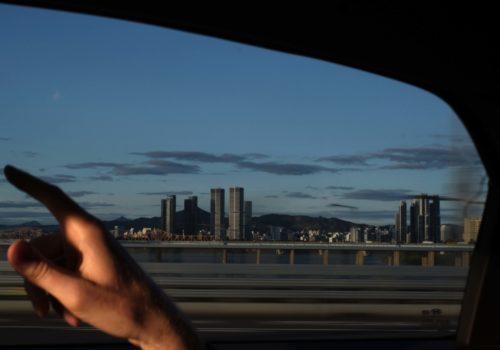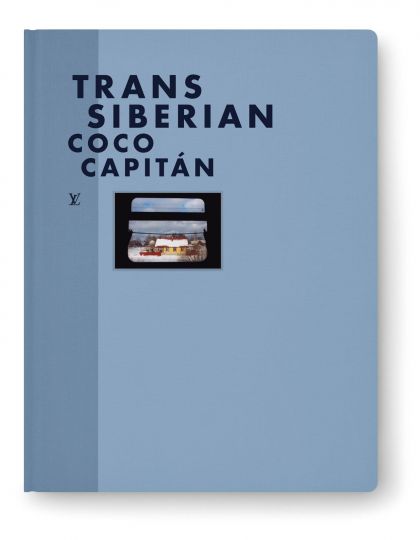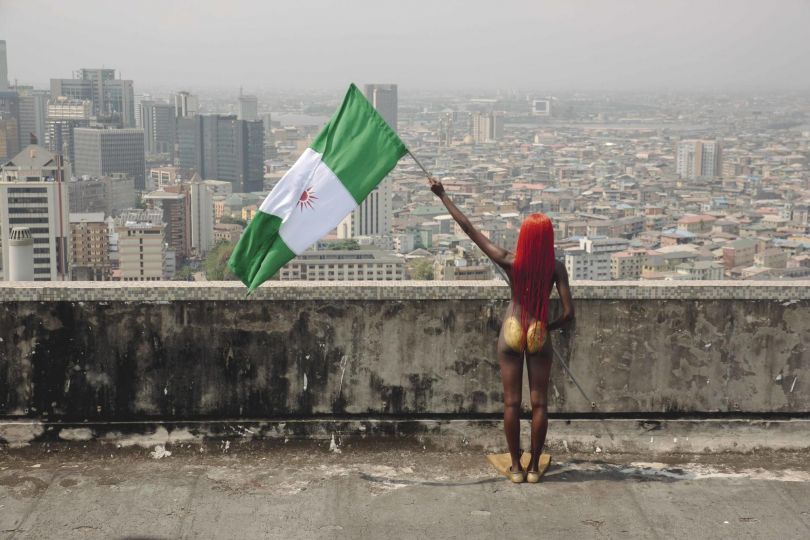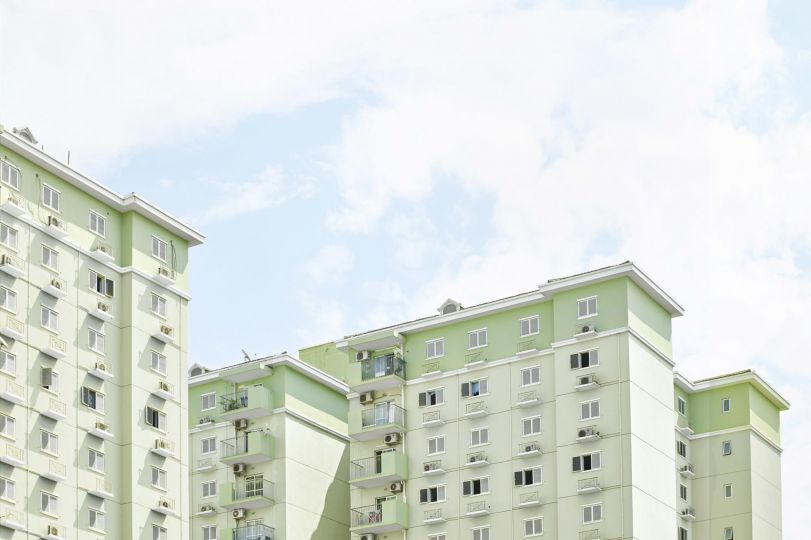Synonymous with the art of travel since 1854, Les Éditions Louis Vuitton continues to add titles to its “Fashion Eye” collection. Each book evokes a city, region or country as seen through the eyes of a photographer. Sarah Van Rij’s Seoul offers a poetic vision of the Korean capital, where time seems suspended in soft harmonies and minute gestures.
These are bits of silhouettes grasped in a tight frame, hurried legs on street corners, the bright colour of a child’s dress in a game of hopscotch, the jerky steps of workers in heels, and cigarettes held at the tips of lips and fingers, eternal expectations and patterns that give the image the elegance of phlegm.
They are like frame, sub-frame, border, and other passe-partouts, the strip of granite wall, the roundness of a window, the confusion of a reflection, the play of transparencies of a window and the fall of the curtain in a shop, so many borders to the image that encloses the detail in a repoussoir in order to better caress the particular.
There would be other words, thrown in here with the desire to describe, to grasp and surpass everything. But words suffocate, the ekphrasis often misses its mark and falls back into the dust. The exercise in style gathers dust. And as the Dutch photographer Sarah Van Rij puts it, ‘images can be a language in their own right’. Photographic criticism has long since lost its battle with the evocation of images.
If her Seoul makes such an impression, it is because the work of the photographer, born in 1990, gives the impression of a well-constituted language. Oh, this language is not talkative. Rather, it is chiseled, weighed and counter-weighed, as a poet reflects on the music in each syllable of his sentence. But what is photographic language? This overused term, collected at every jury and competition, and which sometimes designates an aesthetic, sometimes a simple, well-crafted corpus?
Let’s try to define it. In photography, a series is a language which, through its play of echoes, colours, movements and details, forms a vocabulary immediately perceptible to the eye. This goes far beyond the arpeggios of a composer, the characteristic serifs of a painter or, in the case of the writer, the three suspension points that form a back and forth and a breath. This language is not a little personal music, but responds, through the play of associations and comparisons, to other artists, who perhaps thought they were expressing themselves alone, making their own style, and who nevertheless feed a disrupted conversation made up of silences and solitary and common chatter.
In Sarah Van Rij’s work, this language does not say something obvious, but rather a world full of cinematographic references (Wong Kar-Wai’s In the Mood for Love for its elegance, Scorsese’s Taxi Driver for its penumbra) and, even more obviously, despite the artist’s desire to link herself to the moving image, a continuity inherent to a certain kind of street photography.
This language of Sarah Van Rij’s is that of a “new trend in street photography, perhaps more conceptual”, she imagines. Let’s contradict her for the sake of it. Above all, her language is part of a careful tradition of beauty for the infinitesimal, for the weightless and the ordinary.
I had sworn not to quote Saul Leiter again, but there are some obvious things that you have to grasp sometimes because they are so obvious. It would be a good idea, here or elsewhere, to study in depth the legacy of the New York master on subsequent generations. With Éric Houdoyer, Samane Gholamnejad, and here Sarah Van Rij, a topos of street photography using counterpoints in the street to better isolate a detail has been marked. We come to the enumerations: the puffy edge of a curtain that blocks half of an image; the bounce of an umbrella that hides as much as it makes light of the photographed subject; the pastel colours of a world that, as the Dutch artist says, “does not exist in another real one”.
Oh the game of comparisons is often endless. Like the discussion when the language is mastered. With a good interlocutor, it is the source of immense joy. And the desire, beyond Sarah Van Rij’s dreams, to imagine her Seoul. It is this idea of a language of one’s own that continues the conversation from one artist to the next, regardless of the medium. Artists do not care about chapels. They wonderfully pursue the poetry of the everyday.
Sarah Van Rij – Séoul
Editions Louis Vuitton, « Collection Fashion Eye », 2023
Edited by Damien Poulain et Anthony Vessot
Editorial direction: Axelle Thomas
Graphism: Lords of Design
120 pages, ISBN : 978-2-36983-343-7
Disponible en librairies et en ligne




















